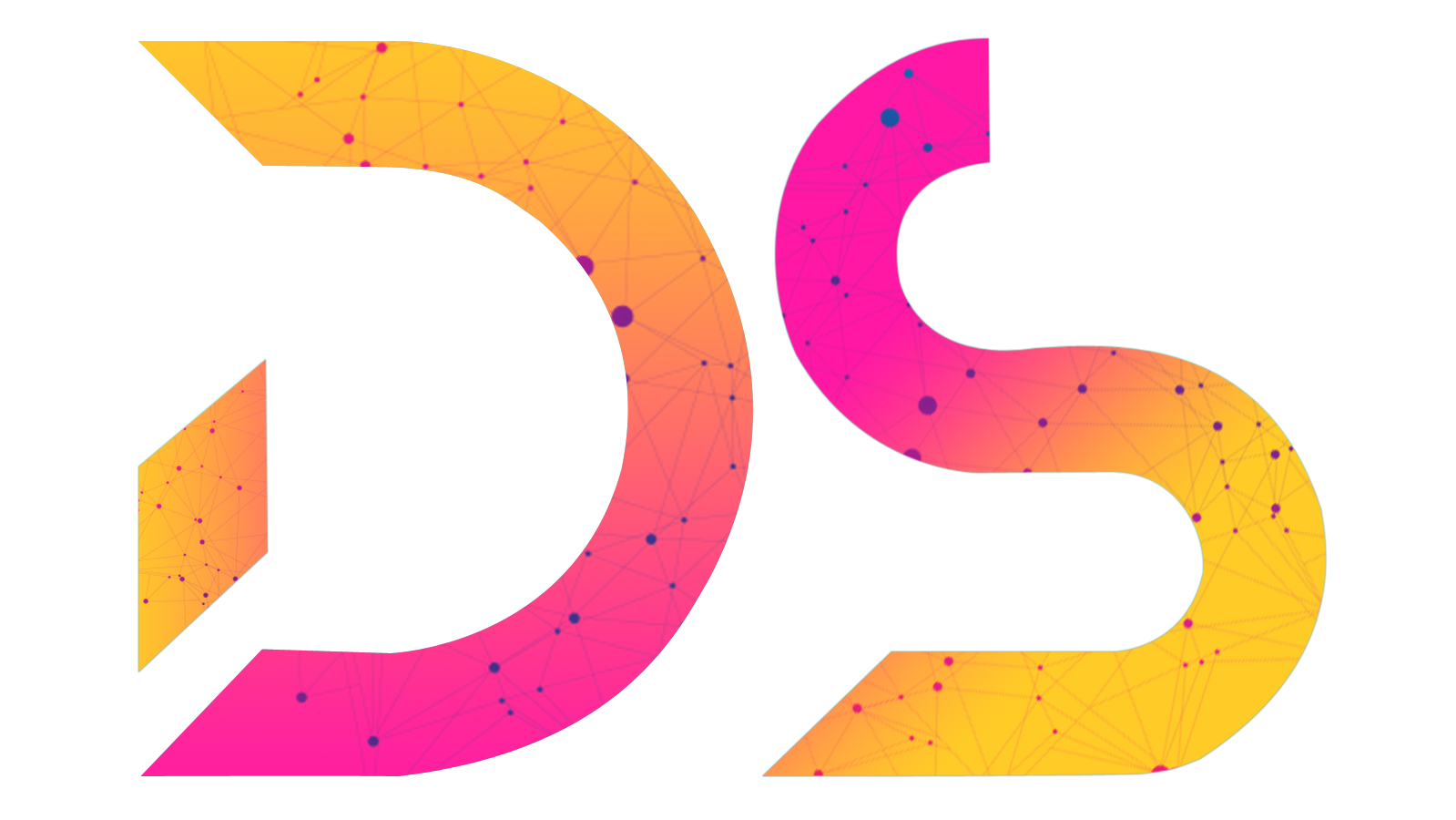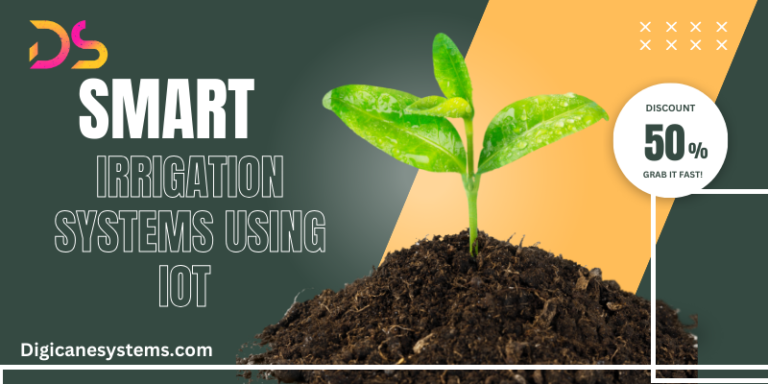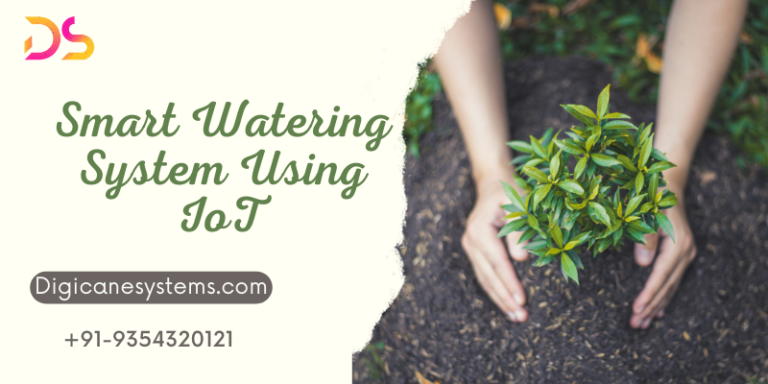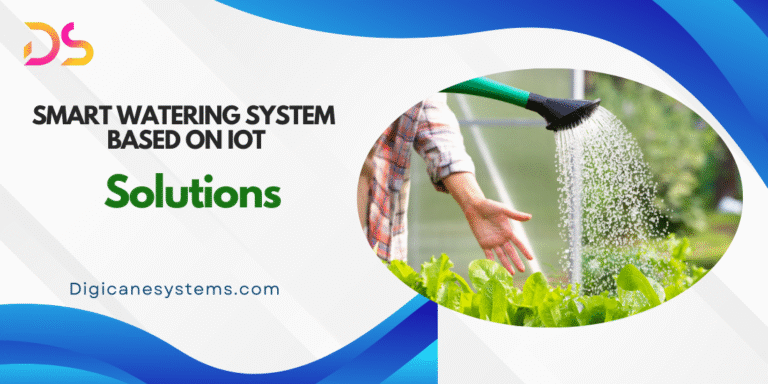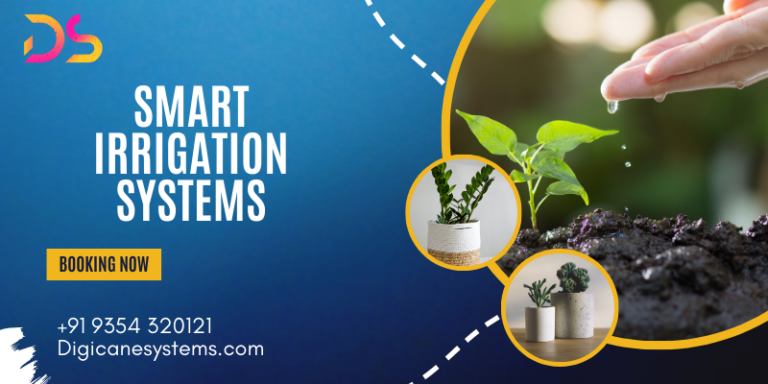Components used in IoT Based Smart Irrigation System for Garden Water Management
Components used in IoT Based Smart Irrigation System
Power Supply Module – Transformer 230V – 24V
Converts 230V AC high voltage to 24V AC low voltage for circuit safety.
Bridge Rectifier –Converts AC voltage to pulsating DC required for operation of circuit.
Filter Capacitor – Smoothes the output of the bridge rectifier, resulting in a constant DC voltage.
LM7812 Voltage Regulator – The output is a 12V DC stable voltage from a 24V DC input that has been filtered and rectified.
Voltage Regulator LM7805 – Converts 12V DC into 5V DC for use with the ESP32, and other components.
Control Unit – ESP32 Microcontroller – The brain of the system is the processor, which handles all inputs and outputs.
Sensor Module
Soil Moisture Sensor – Use the moisture content of the soil to determine if irrigation is needed.
DHT11 Temperature & Humidity Sensor – Monitors atmospheric temperature and moisture for environmental logging.
Output Modules – Relay Module
The ESP32 is used to control the pump based on the commands.
Water Pump –
When soil moisture is low, the watering system will activate.
User Interface – LCD Display
Displays data in real time, such as temperature, humidity, soil moisture, and temperature.
Buzzer
Audio alerts and notifications are provided based on the system’s conditions or errors.

Using ESP32 for Garden Water Management
Projects that can be done with this kit:
- IoT-based weather monitoring system
A Smart Watering System Using IoT can be a very beneficial project. It uses similar components. The system collects weather data in real time using the ESP32 central controller and sensors such as the DHT11 to measure humidity and temperature. Data can be displayed on an LCD display and transmitted to a server in the cloud for analysis and storage. This project is vital for applications in smart cities, agriculture, and environmental monitoring. It provides accurate and real-time data which can be used to make informed decisions.
- Smart Home Automation System
The components of the smart irrigation kit can be used to create a smart home automation system. The ESP32 is programmable to control electronic devices such as fans, lights and other home appliances through relays. Users can remotely control their home appliances by integrating Wi-Fi functionality through an app on their smartphone or web interface. Sensors that detect motion, temperature and humidity can be added in order to automate the home’s conditions using environmental data. This project improves home security and energy efficiency.
- Smart Greenhouse Monitoring System Using IoT
A smart greenhouse monitoring system based on IoT can be created by leveraging the components of the IoT-based Smart Irrigation System kit. This system uses the ESP32 with various sensors to monitor environmental conditions in a greenhouse such as soil moisture and temperature. Sensor data can be used to control automated watering systems and fan motors, which will ensure optimal conditions for growing plants. Data can be sent in real-time to the cloud for remote monitoring and control via a smartphone application. This project is especially useful for modern farming practices that promote sustainable and efficient farming.
- Smart Energy Meters Based on IoT
The ESP32 can be used to develop an IoT-based smart meter that monitors and manages electricity consumption in real time. The system measures energy consumption by integrating voltage and current sensors. Real-time data is displayed on an LCD screen and via a web interface. Data can be sent to cloud servers for analysis and reporting. The insights gained by the users can be used to implement energy saving strategies and monitor energy consumption patterns. This project encourages energy management, which reduces electricity bills.
